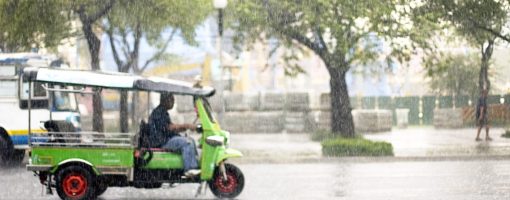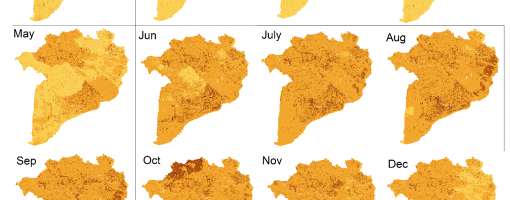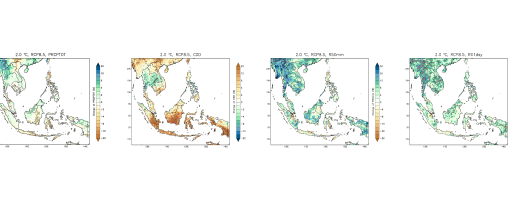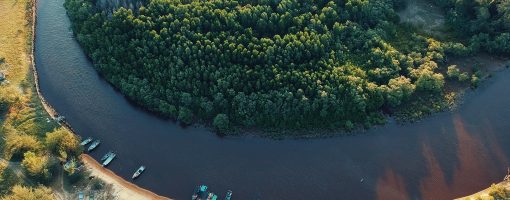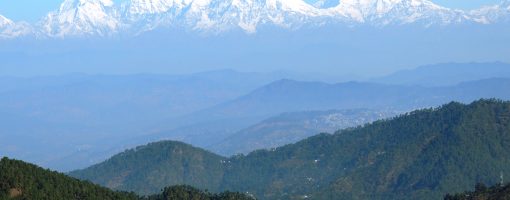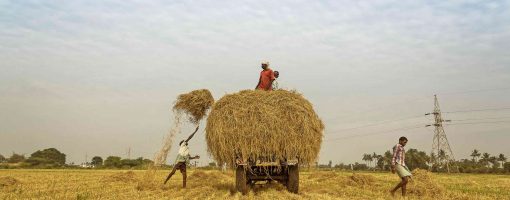
Deforestation · Forest biomass · Geospatial data · Mitigation · SAR backscattering
Integrating ALOS-PALSAR and ground based observations for forest biomass estimation for REDD+ in Cambodia
Avtar, R., Mukherjee, S., Abayakoon, S., Sophal, C., & Thapa, R. (2018). Integrating ALOS-PALSAR and ground based observations for forest biomass estimation for REDD in Cambodia. APN Science Bulletin, 8(1). doi:10.30852/sb.2018.414
